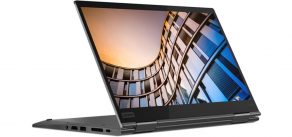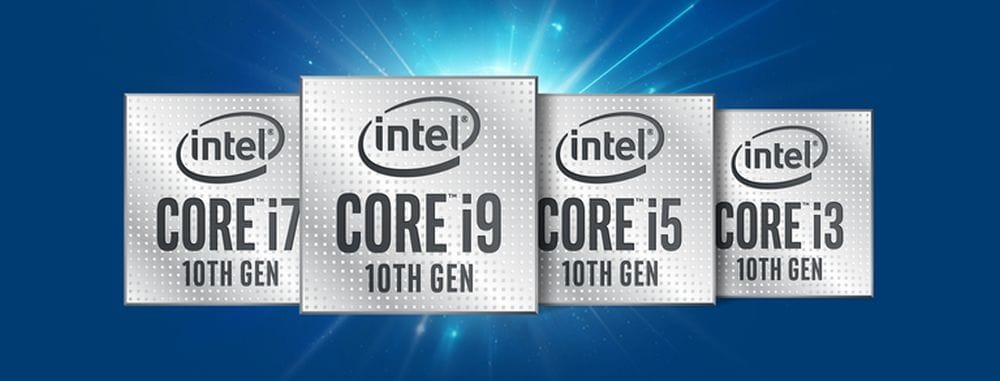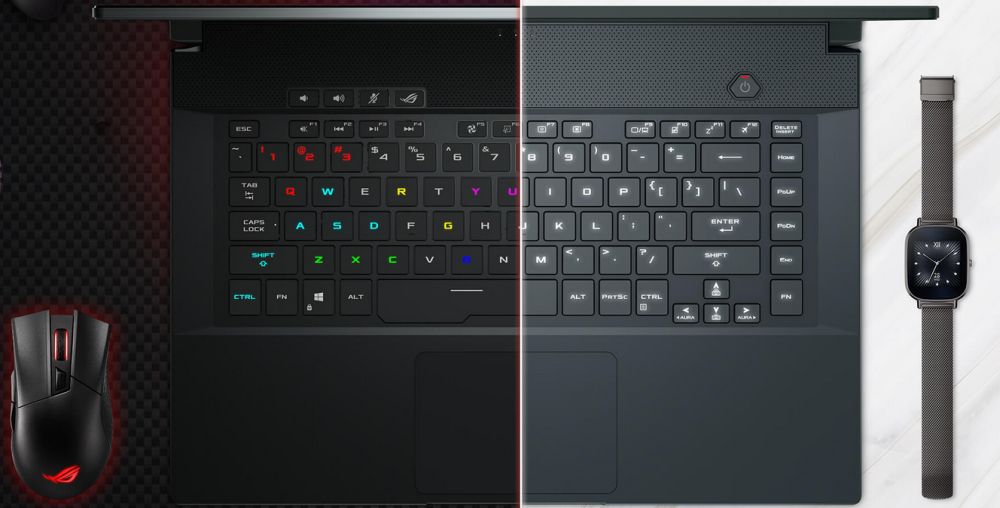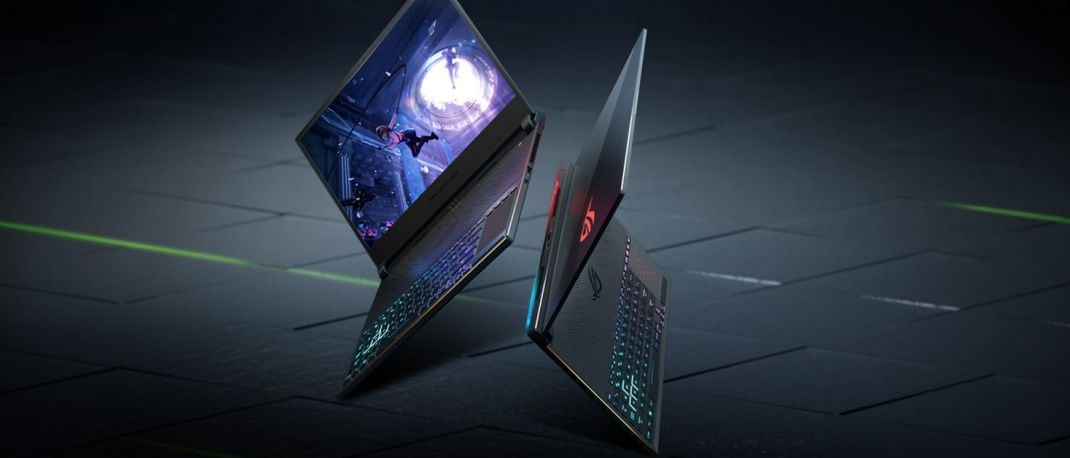We expect our laptops to run smoothly for years however, OS and software updates often bog them down over time. For example, the latest Google Chrome browser may not run very smoothly on a 5-year-old laptop. New features require more processing power, memory and graphics performance to function. The same goes for movie players, office suites, video and image editing software. That’s why buying a laptop should be also about components that will last the test of time. We want to help you choose your next laptop, something that runs smoothly for at least the next three to five years.
Choosing the right sized laptop and build quality
The size of a laptop cannot be changed like its RAM or drives, which means you must live with it until your next upgrade. Selecting the right screen size depends on your usage. Smaller screen laptops tend to use entry-level hardware, and they are ideal for basic software. If you want to multitask, run games, and applications such as Microsoft Word and Excel, look for a laptop with a 14 or a 15.6-inch screen.
A large screen laptop tends to have better hardware and it also scales your workspace. Bigger laptops often come with full-sized keyboards, with well-spaced keys that make typing easier. You won’t have to bend or make too many adjustments to your posture while working. Larger laptops also come with large trackpads that make it easy to scroll through spreadsheets, webpages and photos. Laptops with 17-inch screens are better suited for gamers, as games often look better on large screens.
Build quality is also an important aspect and luckily, many mid-range and premium laptops are built with aluminum rather than plastic. This are slimmer, lighter and even more portable. Aluminum laptops also have less flex, and thereby, durable. Some laptops such as the Asus VivoBook S14 also come tested with MIL-STD 810G standards, making them extremely durable.
Choosing the right display quality
Many of us spend hours staring at a laptop screen everyday, which can be quite strenous on our eyes. Most modern laptops come with full HD screens, which is a big improvement over older HD screens. A full HD screen delivers sharper images, and it improves the overall content viewing experience.
One aspect we often skimp is the screen type. Many entry-level laptops with full HD screens use TN panels, which don’t renders accurate colours. An IPS panel renders better colours and viewing angles. Photographers and videographers should also look for sRGB ratings, for screens colour reproduction capabilities. The Apple MacBook Pro 16-inch and the Lenovo Yoga Slim 7 support 100 per cent sRGB, for example. Their screens are perfect for using photo and video editing, where colour accuracy is critical.
If you plan on playing games on your laptop, you should also verify the refresh rate of the display. Laptops such as the Asus Zephyrus G14 with its 144Hz refresh rate delivers smoother motion, and it makes the overall gaming experience more responsive. Many premium laptops also come with 4K screens, that render more detail, resulting in a great cinematic viewing experience. You cannot experience a laptop’s screen online, so it is worth visiting your nearest Reliance Digital store to compare laptops side-by-side. If your eyes can easily notice differences between a full HD and a 4K screen, it might be worth spending a little more for a 4K screen laptop.
Choosing the right processor and graphics 
The CPU decides your laptop’s performance. Laptops priced between Rs. 10,000 to 18,000 usually come with Intel’s Celeron or AMD’s A-series processors. These processors are fair for running casual applications and for web browsing. A laptop with Intel’s Core i5 or AMD’s Ryzen 5 series processor will be a better choice in the long run. They have more cores, faster clock speeds, and more cache on-board that help the processor deliver superior performance. They are pricier than the Intel Core i3 or the AMD Ryzen 3 series laptops, but their strong performance today should ensure they last longer with future OS and software updates.
Every year sees a new generation of processors. Newer generation processors bring significant performance and power efficiency improvements. For example, Intel’s new 10th generation processors now offer 2.5 times the AI performance over outgoing models. These new processors also support Thunderbolt 3 and the latest Wi-Fi 6. New generation processors also come with better integrated graphics solutions so you can play older games and use video editing tools such as Adobe After Effects, Adobe Illustrator, Autodesk AutoCAD, and more.
Today’s integrated graphics solutions are powerful, but if you are planning to play AAA games, you’ll need a laptop with a dedicated graphics solution. We make a mistake of buying laptops without looking at the graphics card model. For example, many laptops priced between Rs. 35,000 to 50,000 come with an NVIDIA GeForce MX 250 or MX350 graphics card. These graphics cards are good, but for 4K video playback and handling small-sized 3D modeling projects. However, they can have a hard time running graphic-intensive games such as Battlefield V, Forza Horizon 4 and Assassin’s Creed Odyssey. An entry-level gaming laptop with an NVIDIA GeForce 1650 or 1660 Ti graphics card might cost you a bit more, but they can run most AAA games at full HD settings. If you are planning for a more future-ready option, look for a gaming laptop with NVIDIA GeForce RTX 2000 series.
Choosing the right amount of RAM and storage

A future-ready laptop should have has no less than 8GB of RAM. More RAM lets you run multiple applications side-by-side. If you are an enterprise user crunching data in Microsoft Excel or even a gamer, look for laptops with 16GB or 32GB of RAM. Some newer laptops have the RAM soldered to their motherboard, leaving no scope for upgradability. Luckily, laptops such as the Asus ROG Strix G512, Lenovo IdeaPad S340, and the Dell Inspiron G3 15 house additional slots for RAM upgrades. You can refer to the laptop’s technical specification to verify whether your selected model supports RAM upgrade.
Laptops with hard drives tend to be slow, bulky, noisy and they get hotter over time. Laptops with SSDs are more reliable as they don’t have moving parts like hard drives. They boot up and load software quicker. SSDs may not have large capacities like hard drives, but you can buy external hard drives which are affordable these days. External SSD drives are also available if you don’t want to compromise on performance. The fastest laptops use NVMe solid-state drives that are even faster than traditional SSDs. Models such as the Asus ExpertBook B9 also comes with an additional NVMe SSD slot for storage expansion.
Choosing the right connectivity and battery life 
Look for laptops with at least two USB 3.1 ports. USB 3.1 (and USB 3.0) is faster than the older USB 2.0 standard, allowing you to transfer large data and backups in little time. You should also look for USB Type-C ports for their versatility. They let you connect external 4K monitors, and transfer data with speeds up to 40 gigabits per second. Laptops such as the Apple MacBook Pro and the MacBook Air series also supports charging over Type-C ports. This means you can charge them using your smartphone charger, or even using an external power bank. Battery life is another important aspect while choosing a future-ready laptop. Most modern laptops come with 4-cell or 6-cell batteries which should, on average last 8 to 10 hours. Some laptops also support fast charging, which drastically reduces charging times.
If you are looking for a variety of the latest laptops in one place, something that you know will last years, you know where to find us. Head on to www.reliancedigital.in or visit your nearest Reliance Digital store.



